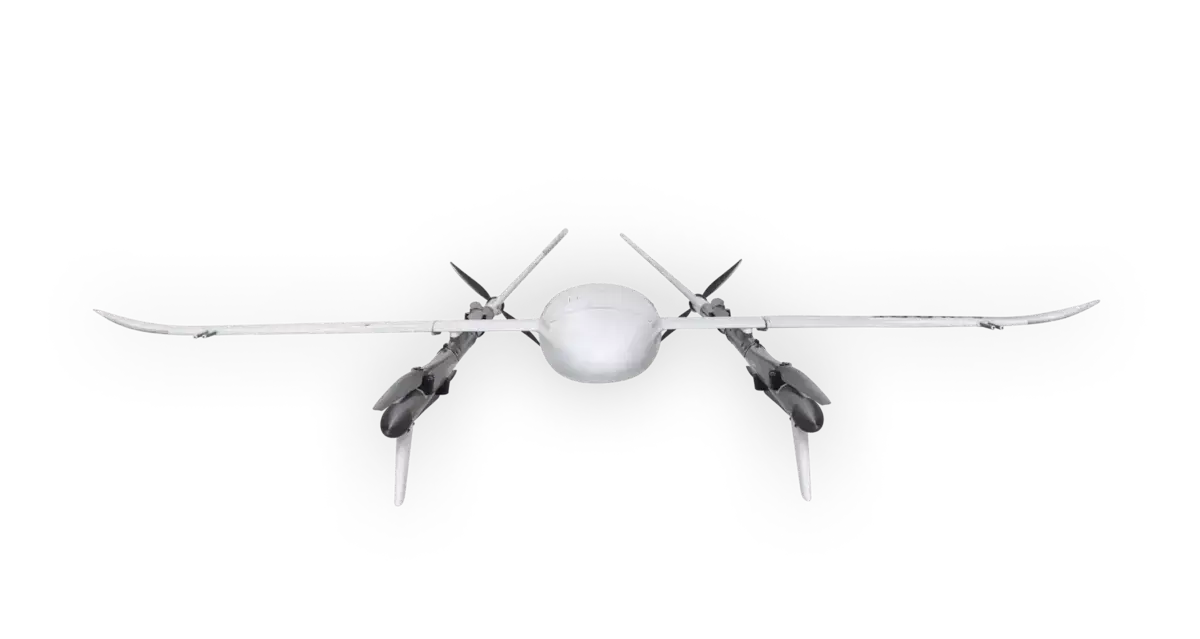New Zealand and Medical Drone Delivery
18 May 2020
New Zealand and Medical Drone Delivery
“Number 8 wire” Mentality
New Zealand’s history is one of innovation through isolation. As a relatively young and isolated nation with a population of only 4.8 million, New Zealand has had to foster resourcefulness, innovation and creativity within its domestic ecosystem to survive as an economic player within a fast-paced, interconnected, world economy. In recent years, high-value technological innovation has remained the primary focus for NZ businesses. In 2019, the high-value tech sector increased its revenue by 10%, to a record NZ$12.1 billion, which accounted for 6% of New Zealand’s total GDP.
Some of the most notable NZ inventions in recent history, include;
· The Electric Fence (1937)
· The Disposable Hypodermic Syringe (1956)
· The Jet Boat (1954)
· The Jet Pack (1998)
Often referred to as the “Number 8 wire” mentality, New Zealand’s capacity to innovate has been recognised internationally. In 2009, New Zealand was ranked 9th on the Bloomberg Global Innovation Index, out of 200 national economies. Ten years on, New Zealand remains a truly innovative country with a complex innovation ecosystem. In the area of healthcare, New Zealand remains a world-leading innovator.
Innovation in Healthcare
On 22 February 2011, a 6.3-magnitude earthquake struck Christchurch causing widespread damage. In the District Health Board (DHB) of Canterbury, more than 6,600 people were injured, and 185 lost their lives. Many buildings were destroyed, and there was significant damage to core infrastructure. The health system lost 106 hospital beds in public health facilities, 5 GP surgeries, 19 community pharmacies and 635 care home beds in residential aged care facilities.
In the wake of widespread destruction, the Canterbury earthquakes fostered innovation and community resilience, producing valuable learnings for a planet facing climate change and the increased likelihood of disasters in the future. In the immediate aftermath of the disaster, the Canterbury District Health Board implemented a three-pronged strategic approach to regional healthcare and delivery.
- Goal 1: Services should enable people to take more responsibility for their own health and wellbeing.
- Goal 2: People should stay well in their own homes and communities as far as possible.
- Goal 3: When complex care is required it should be timely and appropriate.
At Home Healthcare
The acute demand management system was one of the primary innovations borne from the Canterbury DHB, and earthquake, to transform the provision and delivery of healthcare. This initiative was part of a strategy to relieve the immediate strain on the health service by reducing the number of people attending the emergency department and the number of people being admitted to hospital for acute medical conditions. Under this system, people with critical health needs were able to receive urgent care in their homes or communities by a GP and supporting community-nursing group. This avoided costly hospital admissions and a stretch of limited resource capacities, which were in vital need in the post-disaster context.
In recent years, the average cost of managing a patient within the acute demand management service was calculated as NZ$140 per episode of care, compared with an average cost of NZ$340 for each person who presented at the emergency department. The DHB calculated the acute demand management service saved the regional health provider a further NZ$1180 per bed, per day for people unnecessarily admitted into a public hospital facility. In consequence of this innovative service offering, the regional health system was able to change and respond quickly to more recent crises and rapidly transform the way healthcare was delivered. More resources were diverted to tackle an emergent pressure on the healthcare sector; an ageing population, which was further evidenced in the establishment of the community rehabilitation enablement and support team network.
Value Added Technology
Medical drone networks remain an innovative and dynamic way to modernise the last mile in medical commodity deliveries, bridge the gaps in access, and enable a community- based approach to healthcare delivery and primary care. In the case of Christchurch, where roads and critical infrastructure are still in the process of being rebuilt to enable the timely and safe delivery of quality healthcare; drones offer a sustainable, reliable and scalable substitute. Medical drone networks have the ability to efficiently complement existing healthcare initiatives, such as the acute demand management system.
This is due to five core focus points:
- There are no time delays or lags in the provision of medications, which can be coordinated with routine consultations, and delivered to any geographical point within 60 minutes of deployment.
- Reduction in the number of visits to health facilities to obtain appropriate medication or drop off samples, test and pick up results
- Reduction in fuel consumption and emissions to transport goods, which represents a cost-saving to the patient and supplier
- Drones reduce the distribution costs associated with healthcare and medical deliveries, including halving wage bills of commuting health professionals as well as maintenance costs associated with the sustained use of ground transportation.
- Reduction of human interaction in the supply chain reducing the likelihood of transmission of any communicable disease is kept to a minimum.
We are ready to transform the New Zealand health system and improve access to healthcare where and when it is needed.

